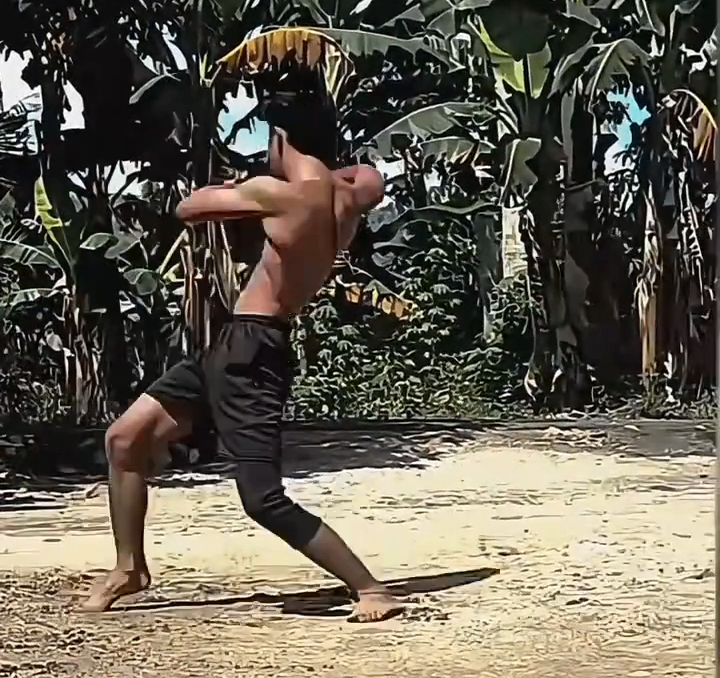Origins and Philosophy
Wing Chun (詠春) is a Chinese martial art that originated in the southern regions of China. Legend has it that the art was created by a Buddhist nun named Ng Mui , who developed it based on the movements of a white crane and a snake. Wing Chun emphasizes efficiency, practicality, and quick reflexes, making it ideal for self-defense in real-world situations. Its philosophy revolves around using minimal force to neutralize an opponent, often targeting vulnerable points such as the eyes, throat, and joints.
Muay Thai , on the other hand, is a traditional martial art from Thailand. Often referred to as "The Art of Eight Limbs," Muay Thai utilizes fists, elbows, knees, and shins to strike and defend. It has a rich history, with roots tracing back to ancient Thailand, where it was used in battle and as a form of self-defense. Muay Thai is known for its aggressive, full-body striking techniques and its emphasis on toughness and resilience.
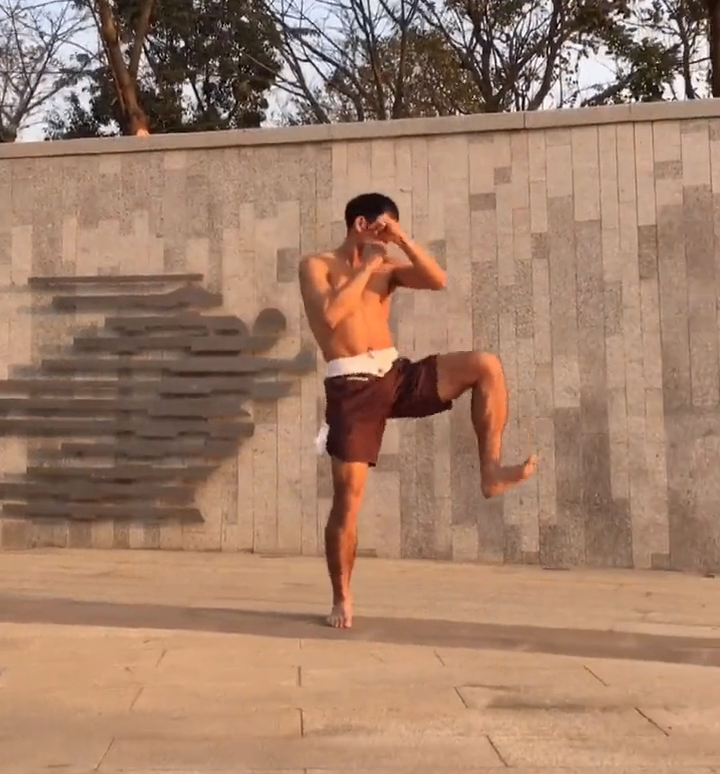
Key Techniques and Fighting Styles
Wing Chun is characterized by its close-range combat techniques. It relies heavily on hand strikes, palm strikes, and joint locks, with a focus on maintaining control over the opponent. The art emphasizes quick, precise movements and the use of energy efficiently. Some of its signature techniques include:
Wing Chun also places a strong emphasis on footwork and body alignment, allowing practitioners to remain balanced and mobile during combat.
Muay Thai , in contrast, is a striking-based martial art that focuses on delivering powerful blows with the entire body. It is known for its devastating knee and elbow strikes, which are its most iconic techniques. Some of the key aspects of Muay Thai include:
Roundhouse Kicks (a signature Muay Thai technique)
Elbow Strikes (used at close range for maximum impact)
Knee Strikes (effective in clinch situations)
Shin Kicks (used to weaken an opponent's legs)
Muay Thai fighters also utilize a unique clinching technique, where they hold the opponent in a close-range position to deliver knees and elbows effectively.
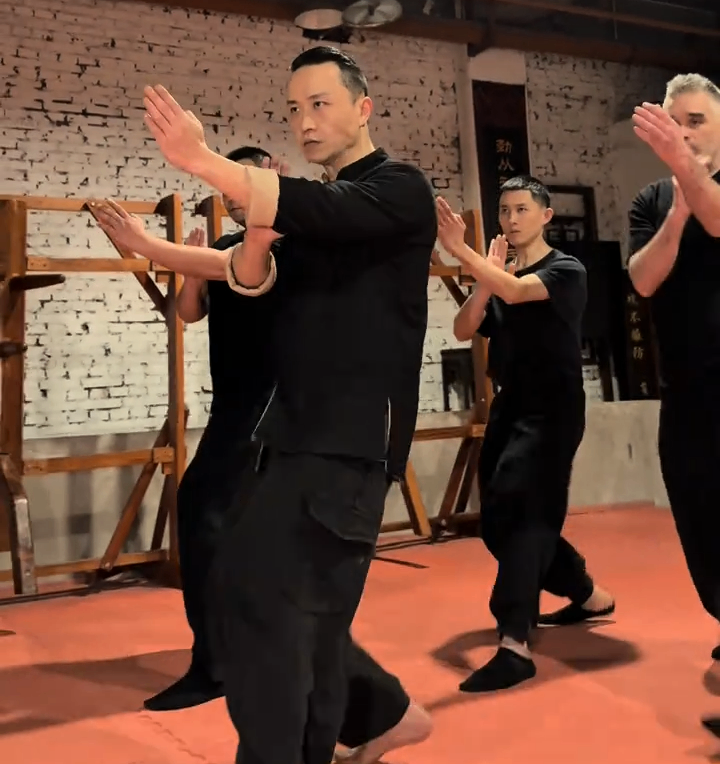
Self-Defense vs. Sport Fighting
One of the key differences between Wing Chun and Muay Thai lies in their primary applications. Wing Chun is primarily designed for self-defense, focusing on neutralizing threats quickly and efficiently. Its techniques are practical for real-life situations, where the goal is to incapacitate an opponent without prolonged engagement. Wing Chun practitioners are trained to assess threats and respond with precision, making it an excellent choice for personal safety.
Muay Thai , while also effective for self-defense, has evolved into a popular sport. It is widely practiced in mixed martial arts (MMA) and stand-up fighting competitions. Muay Thai's aggressive striking techniques make it a favorite among fighters looking to dominate in the ring. However, its focus on high-impact strikes can be less practical for self-defense in certain scenarios, as it may escalate conflicts unnecessarily.
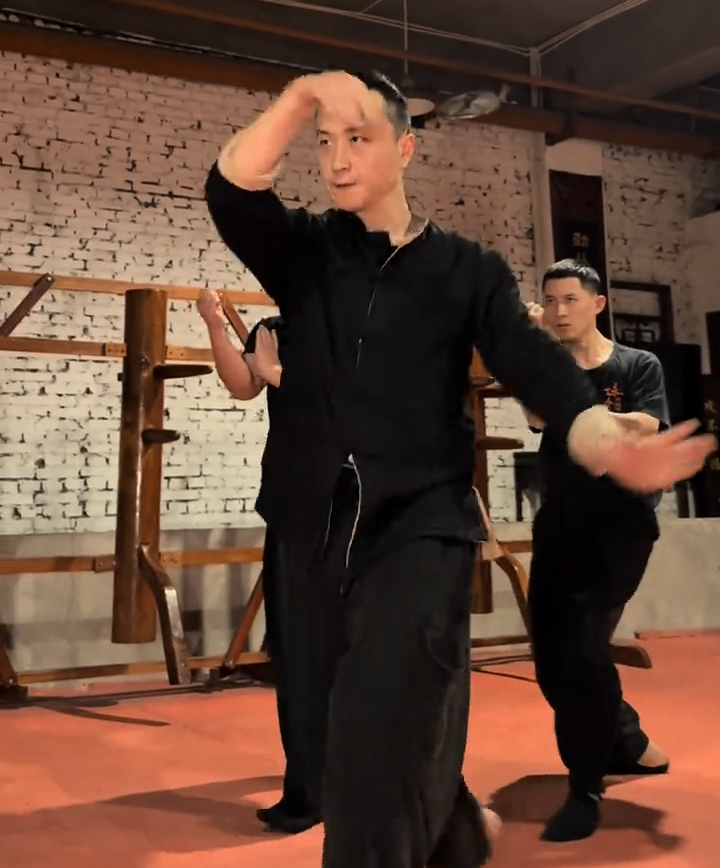
Training and Fitness
Both Wing Chun and Muay Thai require dedication and discipline to master. However, the training methods and physical demands differ significantly.
Wing Chun training emphasizes precision, timing, and control. Practitioners often practice forms (solo exercises) and partner drills to refine their techniques. While it does improve overall fitness, the focus is more on mental discipline and technical mastery than on physical endurance.
Muay Thai training, on the other hand, is physically demanding and focuses on building strength, stamina, and cardiovascular fitness. Fighters engage in rigorous pad work, heavy bag training, and sparring to develop their striking power and endurance. Muay Thai training is known for being intense and sweat-inducing, making it an excellent choice for those looking to build overall fitness.
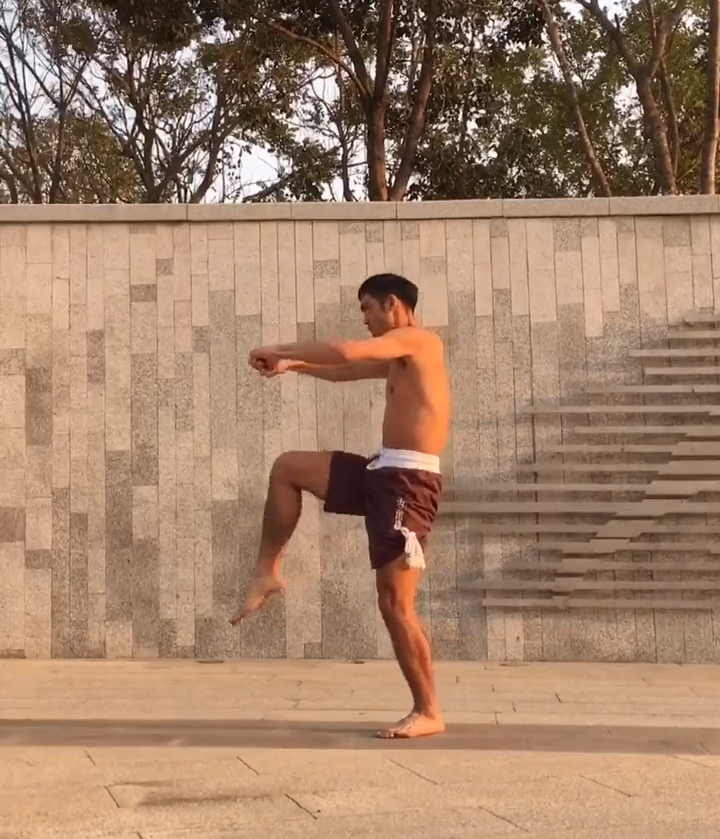
Cultural Significance
Wing Chun holds deep cultural significance in Chinese martial arts. It is often associated with the legendary figure of Bruce Lee , who was heavily influenced by Wing Chun and incorporated its principles into his Jeet Kune Do philosophy. Wing Chun's emphasis on efficiency and practicality has made it popular worldwide, with training centers in many countries.
Muay Thai is a cornerstone of Thai culture and national identity. It is deeply rooted in the history and traditions of Thailand, and its techniques have been passed down through generations. Muay Thai is not just a martial art but also a cultural symbol, often celebrated in festivals and ceremonies.
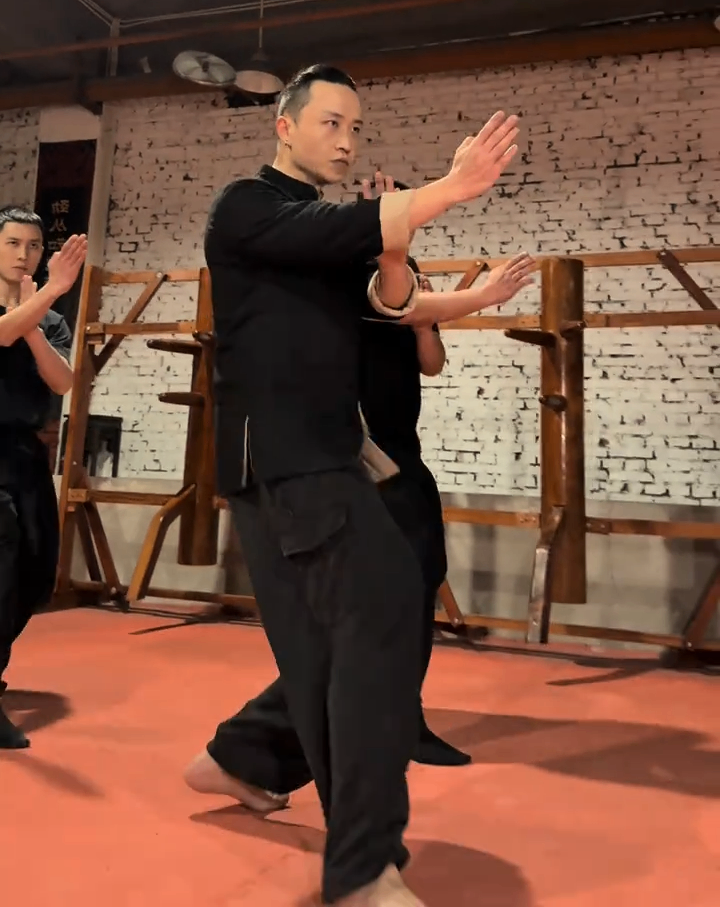
Which One Should You Choose?
Choosing between Wing Chun and Muay Thai ultimately depends on your goals and preferences. If you are interested in a martial art that emphasizes practical self-defense, mental discipline, and efficient techniques, Wing Chun might be the better choice for you. On the other hand, if you are looking for a physically demanding sport that focuses on striking and full-body combat, Muay Thai could be more appealing.
Both martial arts offer unique benefits and challenges, and many practitioners even combine elements of both to create a well-rounded skill set. Regardless of which path you choose, dedication and consistent training are key to mastering any martial art.
Conclusion
Wing Chun and Muay Thai are two of the most respected and widely practiced martial arts in the world. While they differ in their techniques, philosophies, and applications, both offer invaluable lessons in self-defense, discipline, and personal growth. Whether you are drawn to the precision and efficiency of Wing Chun or the raw power and intensity of Muay Thai, each martial art has its own unique魅力 that can inspire and transform you.
If you are considering learning a martial art, take the time to research both disciplines and see which one resonates with you. Remember, the best martial art is the one that aligns with your goals and keeps you motivated to train consistently. Good luck on your martial arts journey!
